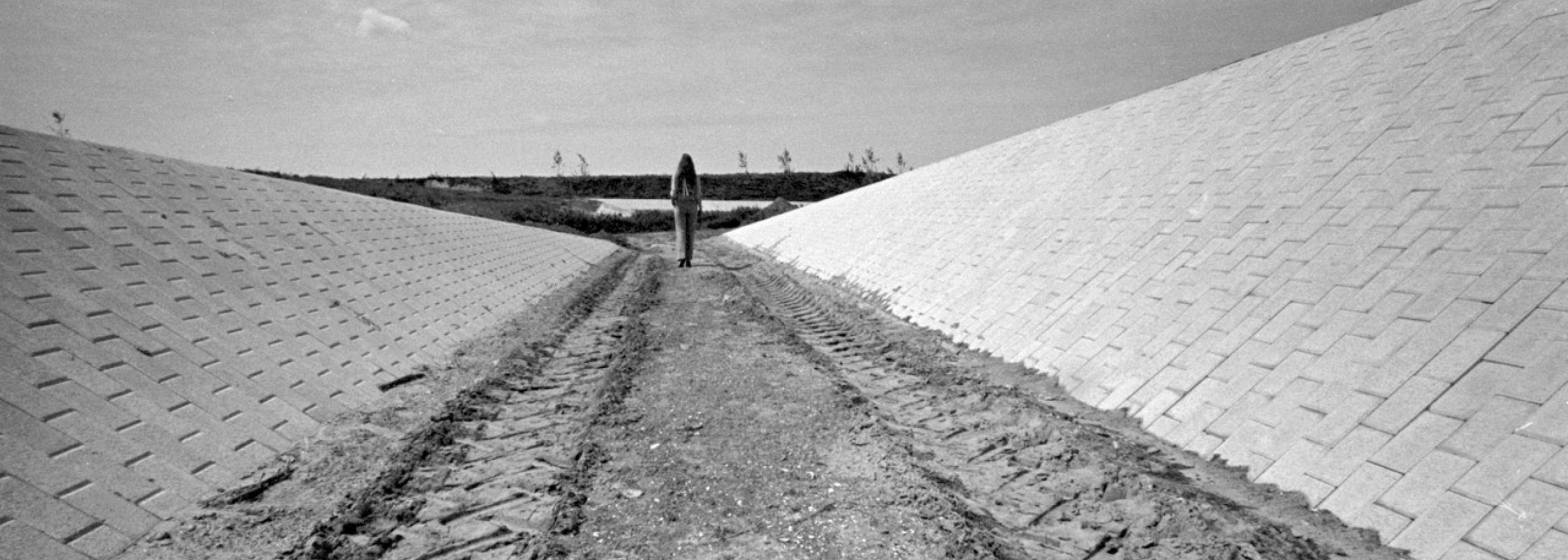
Expert meeting - Claiming land in Flevoland
Date: Tuesday 15 April, 15:00 - 17:00 (walk-in from 14:30)
Location: Lelystad, Museum Batavialand, Commandeurskamer
Moderator: Meta Knol
Link to report: Time for another story
As a follow-up to the evening Claiming Land for Art / Claiming Land through Art in cooperation with the University of Amsterdam (on 17 Sept 2024), we are organising an expert meeting to deepen the topic and “land” it in Flevoland. With the knowledge about the American side of things (how land art was on the one hand criticised for the way land and ancient cultures were appropriated, and on the other hand can also make this mechanism well visible) and the Dutch perspective (from, for example, the Colonies of Weldadigheid), we will examine how these structures and mechanisms play a role in Flevoland. Where can traces of this attitude towards land be found in the relatively new Flevoland? How does this history play through in the landscape and in land use - and what can land art mean in this?
One of the ways in which this history is embedded in Flevoland is shipping: the polders in the former Zuiderzee are full of shipwrecks, including ships that sailed within the Transatlantic Slavery, as was shown in the exhibition Stille Wateren in the Kunstlinie. In addition, Flevoland was conceived and built by the same engineering system that often built infrastructure and plantations in Dutch colonial territories - think of the Surinamese polders, for instance. And in the Noordoostpolder - as Eva Vriend's books recount - the work of reclamation was carried out by the “werkverschaffing” (a kind of offshoot of the Colonies of Weldadigheid) and the new land was awarded to “settlers” who were carefully selected. In a way, the reclaimed land was also “conquered” or appropriated - if not from the sea (for which a legal entity might now be created) at least from the fishermen and their communities on the edge of the Zuiderzee, who depended on it for their livelihoods.
The “clean slate” that Flevoland was meant to be did not start from nowhere. In institutions, language, governance and the engineering profession, there were lines to this system everywhere - though all of this took place on Dutch soil. Yet there is also another development, one that Nishi Shah addresses in her Archined article on the first meeting: the democratic developments of the Reconstruction era. The RIJP (Rijksdienst IJsselmeerpolders) was a governing body that was intertwined with the engineering profession and wielded a lot of power, but later also became permeated by the “welfare state” and the social winds of the 1970s and 1980s. The land art works in Flevoland are all publicly accessible and publicly funded - which also makes them places with a democratic component. Besides tracing colonial structures, we would also like to reflect during the meeting on the opportunities this could provide for a new commission for a land art work that relates to this land issue. In this way, we will keep land art in mind during the conversation - and we can glimpse into the future.
During the afternoon, we will look at land art along four perspectives:
- The clean slate: where did the idea of the clean slate come from and how did it take root so strongly in Flevoland?
- The soil: the interaction between geology and land use in Flevoland
- The land: the radical break in “land use” that meant reclamation
- The human: all Flevolanders began as migrants - does this lead us back to the clean slate?
We will start the session with a round of introductions and small introductions, and conclude by asking what we could take from all that has been discussed into a (fictitious) commission for a land art work.